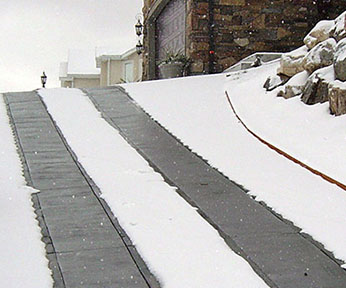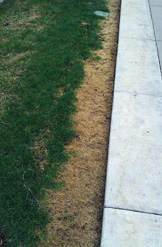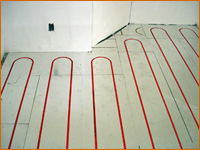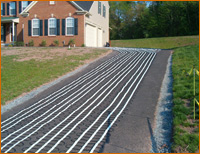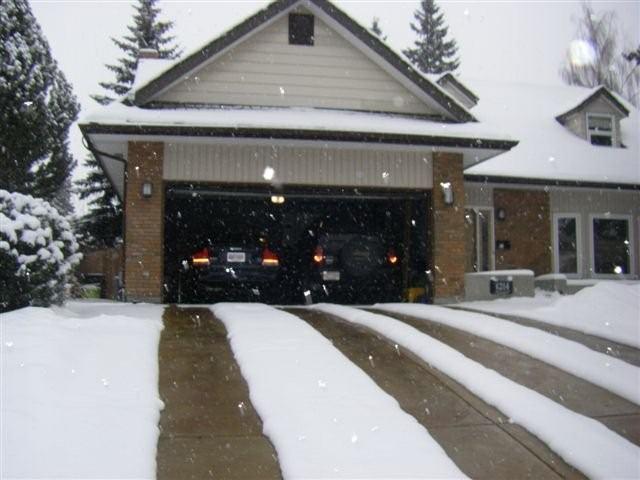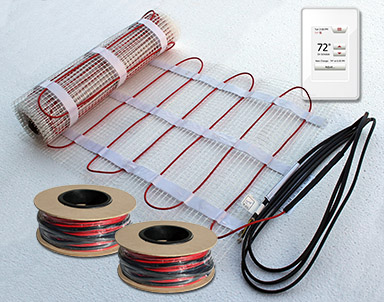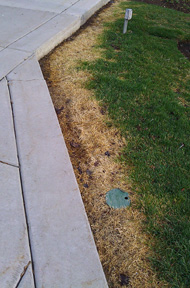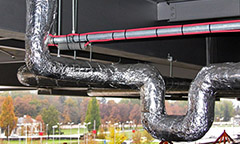It’s Not Too Late to Heat Your Driveway
Are you considering a radiant snow melting system for your driveway or sidewalks? Perhaps you’ve seen some heated driveways in action and wondered how nice it would be to never have to worry about shoveling snow again.
What some folks don’t know is that existing driveways can be retrofitted with radiant heat. That’s right! Snow melting systems are not just for installation in new construction jobs; you can upgrade your existing driveway so that you too can enjoy the benefits of a radiant heated driveway.
Of course, a great deal depends on the type of driveway that you currently have. Asphalt driveways are the easiest to retrofit with radiant heat, but fear not, concrete driveways can also be modified to incorporate a state-of-the-art radiant snow melting system.
How is it Done?
The ClearZone snow melting system features rugged heat cable that is designed to withstand the extreme temperatures of hot asphalt applications. So if you are looking to heat your asphalt driveway, the process may be easier than you imagined. The cable is laid on top of the old asphalt and then the new layer of asphalt in installed and compacted on top.
The ClearZone heat cable is available on spools or pre-spaced in mats that can be easily rolled out during installation. Simply roll out the heat cable like a sleeping bag over the existing driveway and then apply the new layer of asphalt directly on top. (While you can do much of the cable installation yourself, it is important that a qualified electrician connect the wiring for the snowmelt system.)
The ClearZone heating cable is UL listed and features single point connection with FEP/XLPE insulation, polyolefin jacketing design (for flexibility and UV protection), allowing the radiant heat system to consistently provide top performance during harsh winter conditions. The ClearZone cable is rated at 220°F and is designed and built to outperform all competing products.
In addition to the heat cable, the driveway heating system also consists of an activation device (snow sensor) and controller. When the snow sensor detects precipitation and the temperature is below a set point (usually set at 39 degrees Fahrenheit), it triggers the controller which then activates the system. It is fully automated, so you don’t have to worry about a thing. The controller also features a manual timer to melt snow in case of snow drifts or ice forming in shady areas.
The process of retrofitting a concrete driveway is considerably different than that of asphalt retrofit applications. By using concrete saw-cut technology, grooves are cut in the existing concrete, and the heat cable is then placed in the grooves and then sealed, using an epoxy topcoat. (This process can also be used for asphalt driveways.) If desired, a sand broadcast can be applied to the surface before the epoxy cures for additional traction and safety.
Continued (Read Part II)

